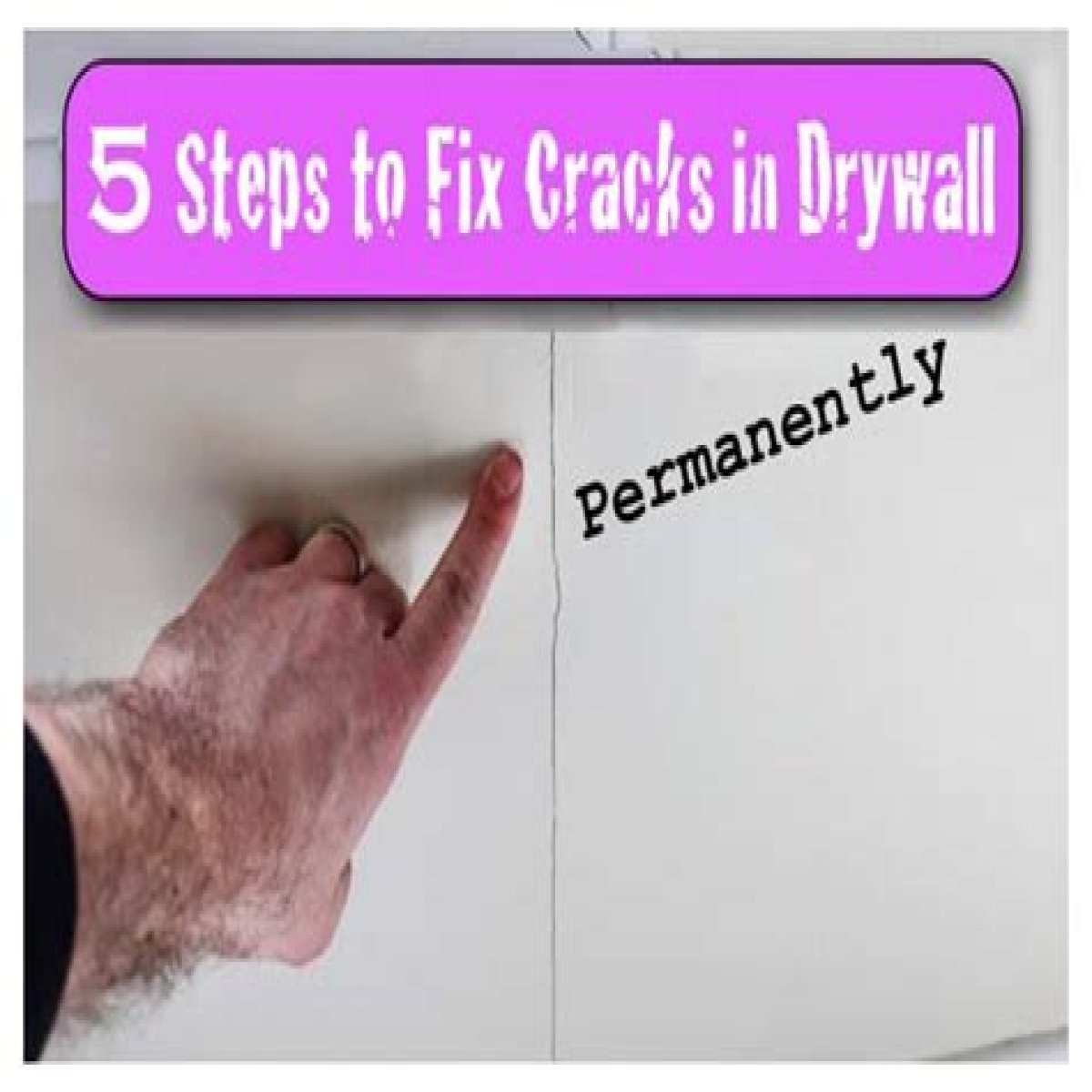To repair a drywall settling crack, cover the crack with joint tape and 3 coats of drywall compound. Embed the joint tape in about 1/8″ of all purpose joint compound and press it into place with a 6″ compound knife, removing the excess compound to leave about 1/16″ of compound under the tape.Click to see full answer. Subsequently, one may also ask, how do you stop recurring drywall cracks?Before you patch, use a painter’s 5-in-1 tool to rake out the former repair materials. Then scoop out the patch and spread it on in thin layers. Wipe off any excess (you won’t be able to sand it down like joint compound), let the patch dry, then paint. This story appears in the November 2015 issue of Popular Mechanics.Subsequently, question is, what is a stress crack? According to ASTM D883, stress cracking is defined as ” an external or internal crack in a plastic caused by tensile stresses less than its short-term mechanical strength.” This type of cracking typically involves brittle cracking, with little or no ductile drawing of the material from its adjacent failure surfaces. Considering this, what causes drywall seams to crack? A thin straight crack could be the result of faulty taping. When drywall panels are installed, the seams between the panels are filled with drywall mud and covered with paper tape. If the tape doesn’t have enough mud underneath to stick firmly, it can start to pull away from the wall over time.When should I be worried about cracks in walls?Some characteristics of larger cracks that are cause for concern include when two sides of a wall are at differing heights, when doors and windows have gaps around their frames and the cracks in question are wider than 5mm or you can insert your little finger in them.
Home » How do you stop stress cracks in drywall?
How do you stop stress cracks in drywall?

Related Posts
- What can you use Samsung rewards points for?
- Is there Greek life at GCU?
- Can landlords report to credit bureaus?
- Is stainmaster a good carpet?
- How do I unblock the main drain in my pool?
- Who owns Philo?
- What is electronic data processing insurance coverage?
- Does Wells Fargo allow assumable mortgages?
- How do you stop stress cracks in drywall?
- How much does it cost to repair a floor joist?